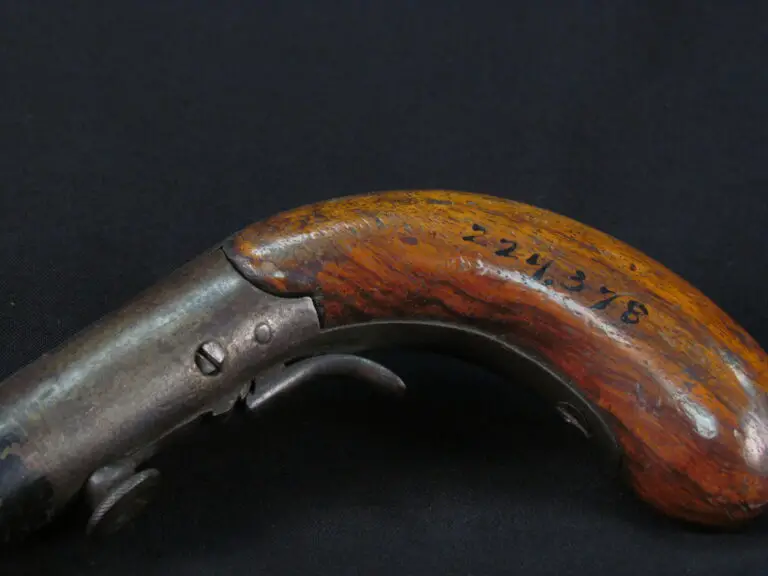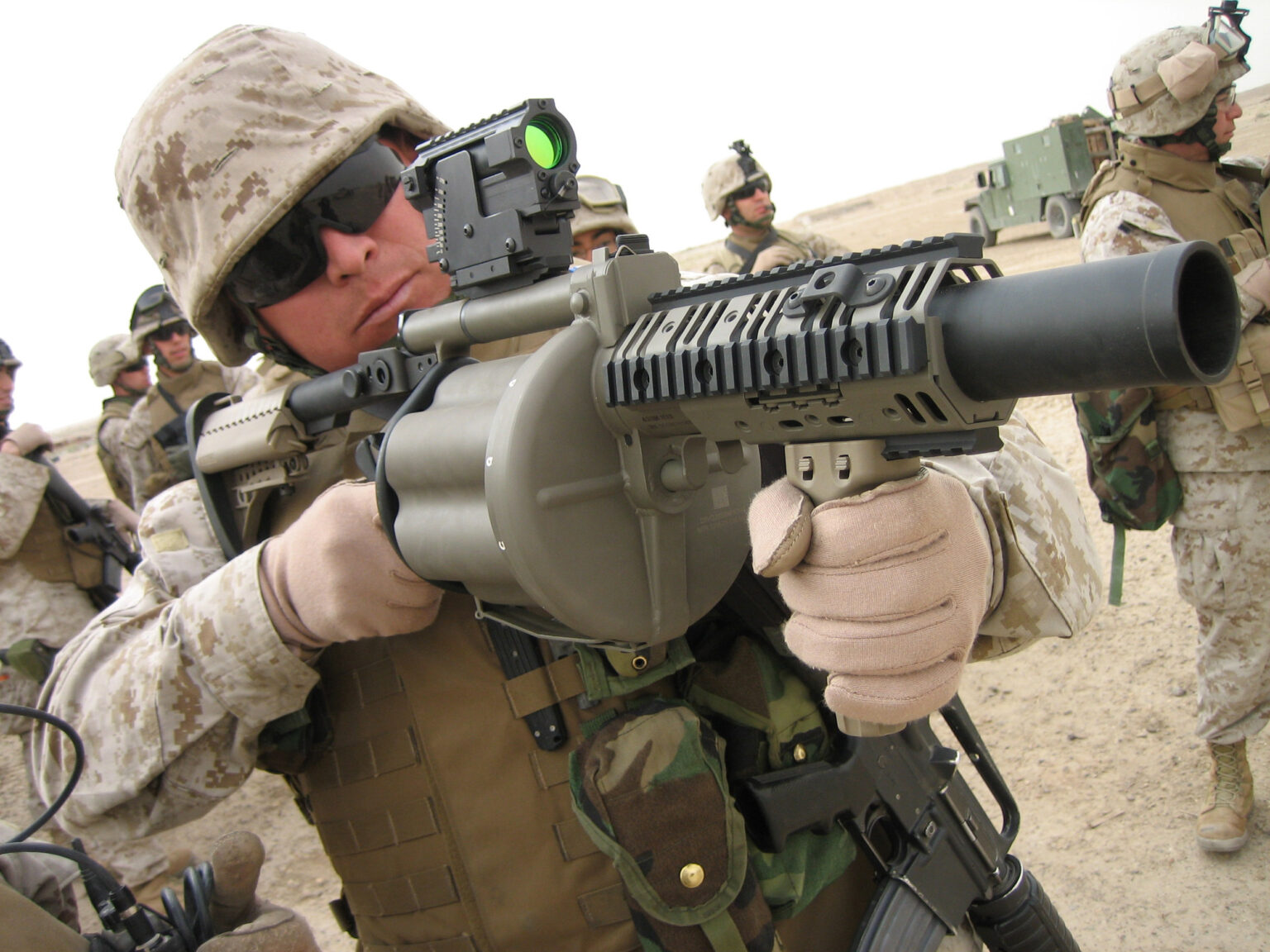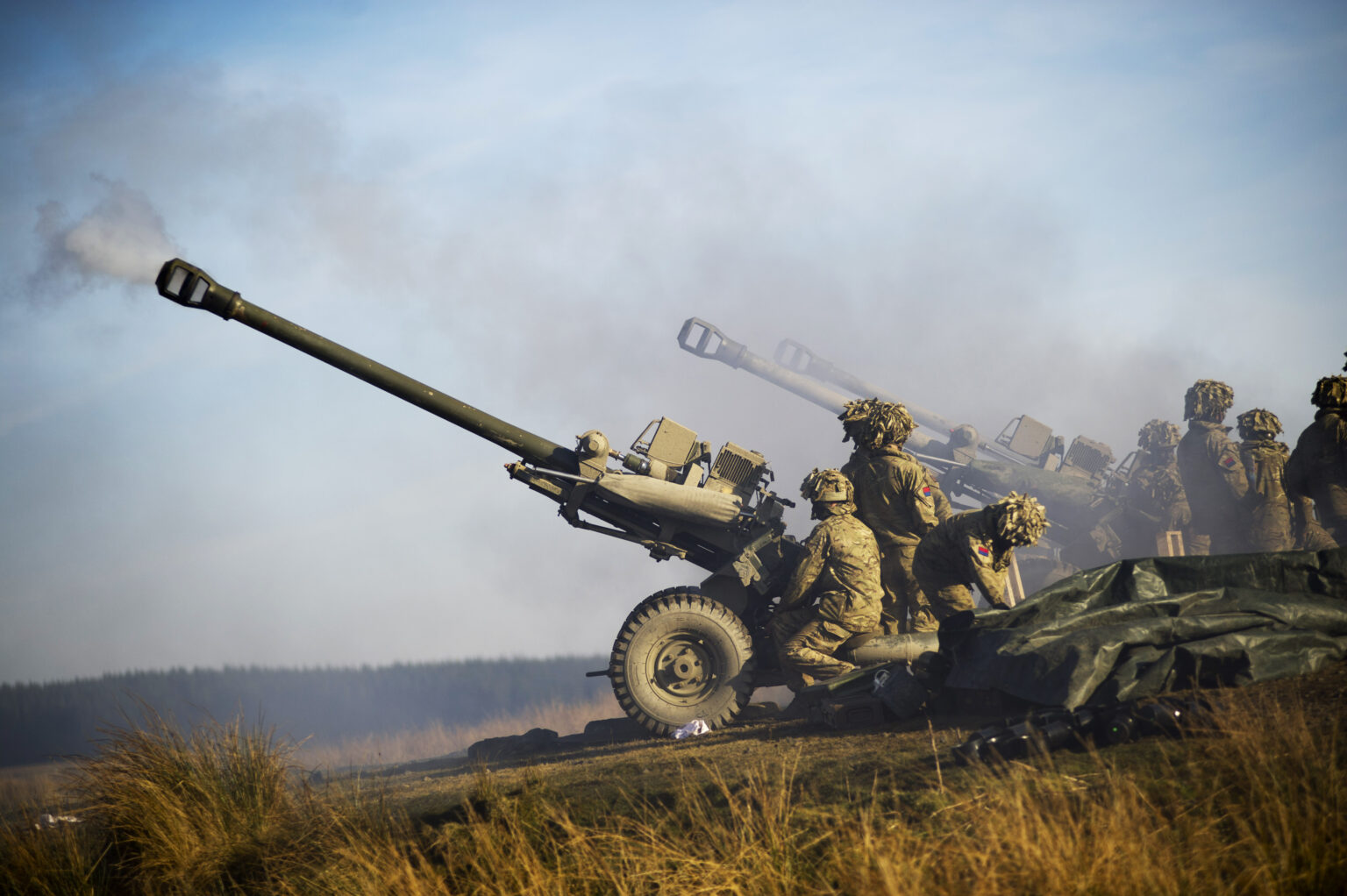Class 4 weapons have long been a topic of intrigue for firearm enthusiasts and researchers alike. These weapons, often shrouded in mystery, are regulated under federal law due to their potential for significant harm. Understanding their classification, legality, and implications is crucial for anyone interested in firearms or public safety. This article will delve into the world of Class 4 weapons, providing you with all the essential information you need.
Whether you're a firearms enthusiast, a researcher, or simply curious about the laws surrounding these weapons, this guide will equip you with the knowledge to navigate the complexities of Class 4 weapons. From their definition to the regulations governing them, we'll cover everything you need to know.
Before we dive into the specifics, it's important to note that Class 4 weapons are strictly controlled due to their destructive power and potential misuse. As we explore this topic, we'll also touch on the legal framework that governs their possession and use, ensuring you're well-informed about the laws in place.
Read also:Is Bill Hemmer Married Discovering The Personal Life Of The Renowned Journalist
Table of Contents
- Definition of Class 4 Weapons
- Weapon Classification
- Legal Framework
- Examples of Class 4 Weapons
- Regulation and Compliance
- Possession and Transfer
- Historical Context
- Safety and Responsibility
- Impact on Society
- Conclusion
Definition of Class 4 Weapons
Class 4 weapons refer to firearms that are classified as destructive devices under the National Firearms Act (NFA). These weapons include devices such as grenades, missiles, bombs, and large-caliber rifles that fire explosive rounds. The classification is designed to regulate the possession and use of weapons that pose a significant threat to public safety.
Understanding what constitutes a Class 4 weapon is essential for compliance with federal regulations. These weapons are not only powerful but also require special licensing and approval for possession. The definition extends to any device designed to cause mass destruction, making them a critical focus in discussions about gun control and public safety.
Key Characteristics of Class 4 Weapons
- Explosive or incendiary properties
- Large-caliber firearms with destructive capabilities
- Devices designed for military or law enforcement use
Weapon Classification
The classification of firearms into different categories is based on their potential for harm and intended use. Class 4 weapons fall under the most restrictive category due to their destructive nature. This classification is part of the broader framework established by the NFA to regulate firearms and ensure public safety.
Firearms are categorized into classes based on their characteristics and intended use. Class 1 includes standard firearms like rifles and shotguns, while Class 3 encompasses weapons like machine guns and silencers. Class 4 weapons represent the highest level of regulation, requiring strict adherence to legal requirements.
Comparison with Other Classes
- Class 1: Standard firearms
- Class 3: Machine guns and silencers
- Class 4: Destructive devices
Legal Framework
The legal framework governing Class 4 weapons is outlined in the National Firearms Act (NFA) and enforced by the Bureau of Alcohol, Tobacco, Firearms, and Explosives (ATF). These laws are designed to regulate the manufacture, possession, and transfer of weapons that pose a significant threat to public safety.
To legally possess a Class 4 weapon, individuals must undergo a rigorous application process, including background checks, fingerprinting, and approval from local law enforcement. The ATF strictly enforces these regulations to ensure that only qualified individuals can obtain these weapons.
Read also:Chief Boden The Iconic Fire Chief Who Shaped Modern Firefighting
Key Legal Requirements
- Background check and fingerprinting
- Approval from local law enforcement
- Payment of a $200 tax stamp
Examples of Class 4 Weapons
Class 4 weapons encompass a wide range of devices designed for military and law enforcement use. These include grenades, missiles, bombs, and large-caliber rifles with explosive rounds. Each of these weapons is classified as a destructive device due to its potential for significant harm.
Some common examples of Class 4 weapons include:
- Grenades
- Missiles
- Bombs
- Large-caliber rifles with explosive rounds
Uses of Class 4 Weapons
These weapons are primarily used in military and law enforcement operations due to their destructive capabilities. Civilian possession is highly restricted, and only individuals with specific qualifications and licenses can legally own them.
Regulation and Compliance
Regulating Class 4 weapons is a complex process that involves multiple layers of oversight and compliance. The ATF plays a critical role in ensuring that these weapons are handled responsibly and do not fall into the wrong hands. Compliance with federal regulations is mandatory for anyone involved in the manufacture, possession, or transfer of these weapons.
Manufacturers and dealers of Class 4 weapons must adhere to strict guidelines to maintain their licenses. This includes maintaining detailed records of all transactions and undergoing regular inspections by the ATF to ensure compliance with regulations.
Compliance Challenges
- Maintaining accurate records
- Undergoing regular inspections
- Ensuring secure storage
Possession and Transfer
Possessing and transferring Class 4 weapons is subject to stringent regulations to prevent misuse. Individuals must meet specific criteria to legally own these weapons, including passing background checks and obtaining approval from local law enforcement. The transfer of these weapons requires additional documentation and approval from the ATF.
Transferring Class 4 weapons involves completing Form 4, which includes detailed information about the buyer and seller. The ATF reviews each application to ensure compliance with legal requirements before approving the transfer.
Transfer Process
- Completion of Form 4
- Background check and fingerprinting
- Approval from local law enforcement
Historical Context
The regulation of Class 4 weapons dates back to the enactment of the National Firearms Act in 1934. This legislation was introduced to address the rise in organized crime and the proliferation of dangerous weapons during the Prohibition era. Over the years, the NFA has been amended to include additional categories of firearms and explosives.
Historically, Class 4 weapons have been associated with military and law enforcement use. Their destructive capabilities make them unsuitable for civilian possession, leading to their classification as restricted weapons under federal law. Understanding the historical context of these regulations provides insight into their importance in maintaining public safety.
Evolution of Regulations
- Enactment of the NFA in 1934
- Inclusion of additional categories of firearms
- Amendments to address emerging threats
Safety and Responsibility
Safety is a paramount concern when dealing with Class 4 weapons. These weapons require specialized training and handling to ensure they are used responsibly and securely. Individuals who possess these weapons must adhere to strict safety protocols to prevent accidents and misuse.
Responsibility extends beyond the individual to include manufacturers, dealers, and law enforcement agencies. Each party plays a critical role in ensuring that Class 4 weapons are handled with care and respect for public safety.
Safety Protocols
- Specialized training for handlers
- Secure storage facilities
- Regular inspections and maintenance
Impact on Society
The impact of Class 4 weapons on society is significant, both in terms of public safety and national security. These weapons have the potential to cause widespread destruction if misused, making their regulation a critical component of maintaining order and protecting citizens.
While Class 4 weapons are primarily used in military and law enforcement operations, their presence in civilian hands poses a significant risk. The strict regulations surrounding these weapons are designed to mitigate this risk and ensure that they are used responsibly and safely.
Societal Benefits and Risks
- Enhanced public safety through regulation
- Reduced risk of misuse and accidents
- Increased security in military and law enforcement operations
Conclusion
In conclusion, Class 4 weapons represent a critical category of firearms that require strict regulation and responsible handling. Understanding their classification, legal framework, and impact on society is essential for anyone interested in firearms or public safety. This guide has provided a comprehensive overview of Class 4 weapons, covering everything from their definition to the regulations governing their possession and use.
We encourage readers to share their thoughts and questions in the comments section below. If you found this article informative, consider exploring other articles on our site for more in-depth information on firearms and related topics. Together, we can promote responsible firearm ownership and enhance public safety.
For further reading, we recommend consulting the following sources:


